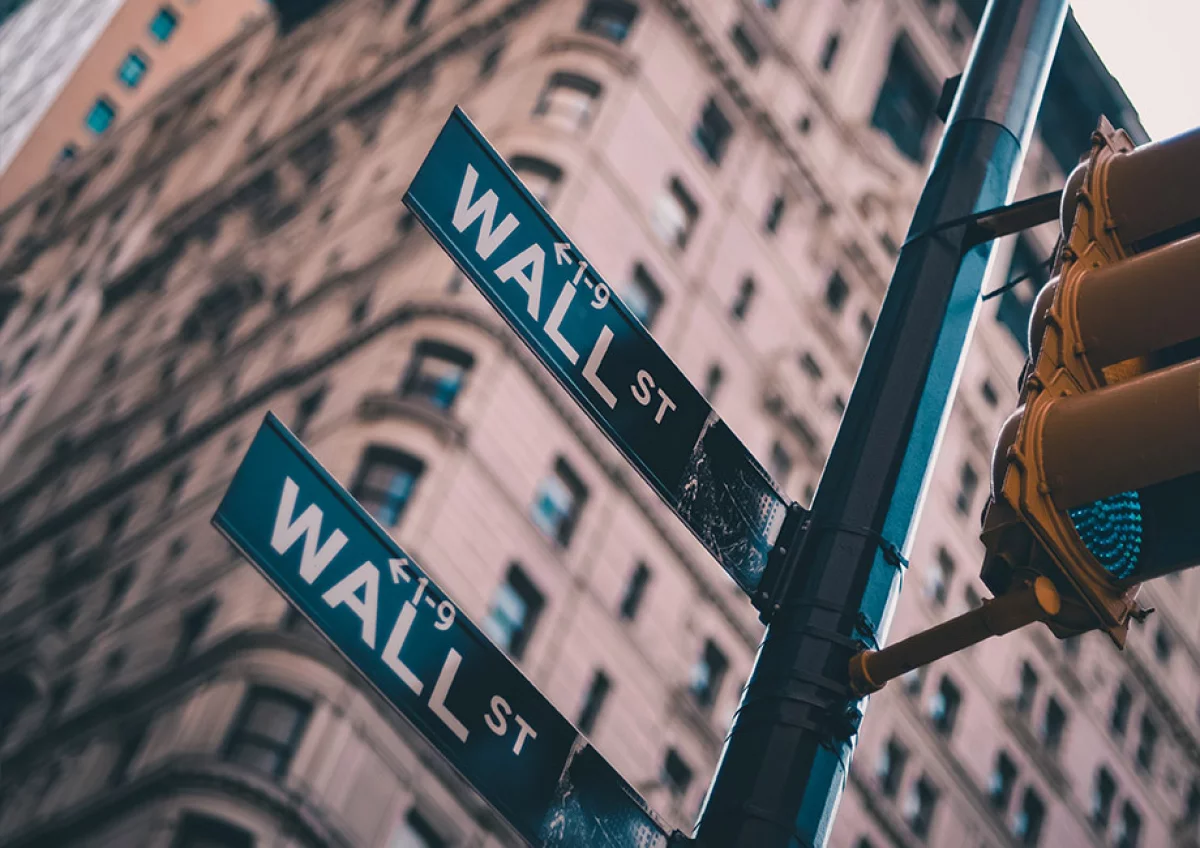USD500 Billion Corporate Debt Distress Hangs over the Global Economy
As a decade of easy money and low interest rates came to an end, and with fears of a credit crisis seemingly receding, experts are advising that globally a wave of corporate bankruptcies may well come to pass. Top corporate debt experts are ringing the doom bells as they say apart from the early days of the pandemic, large corporate bankruptcies amounting to USD500 billion are accumulating at a pace second only to the global financial crisis in 2008.
Such experts suggest that the amount of corporate debt will continue to grow, straining credit markets that have been recovering from some of the biggest losses seen in twenty years and could threaten to slow economic growth. Many commentators just see the tip of the iceberg, as empty offices sprawl from Hong Kong to San Francisco, where many workers now work remotely from home. However, the underlying problem is debt built up throughout an era of cheap money, now costing much more to service as central bank’s monetary policy dictates increases in interest rates.
For example, in the United States from 2008 to 2021 the size of leveraged loans and high yield bonds, (owned by lesser creditworthy and riskier businesses) more than doubled to circa USD3 trillion. One interesting figure that has also been released for the time span 2008 – 2021 is that debts belonging to non-financial Chinese companies soared relative to the size of the Chinese economy.
Elsewhere in Europe, in 2021 junk bond sales increased by circa 40%, a number of which are coming due for payment adding to the already outstanding debt of USD 785 billion that will have to be paid. In London, HSBC has its headquarters in Canary Wharf along with a number of other large financial institutions, where the once completely derelict site became a major financial centre. HSBC has already announced they are vacating the site in 2026 and prior to the Covid-19 pandemic banks were already scaling back on their working space. As a result, and not forgetting the impact Brexit had on office working spaces, two buildings in Canary Wharf owned by a Chinese property developer were seized by receivers due to non-payment of loans.
In the world of private equity some of the companies they bought now have a debt level in excess of USD70 billion and are trading at distressed levels. For many years private equity enjoyed low interest rates and easy credit, and their business plan was to buy a company, then borrow money and then cut costs, thereby making a profit. Sadly, these companies were often left laden with debt, and more often than not with floating rate loans on the books. Like many companies throughout the world some private equity firms thought near zero interest rates would last forever, so they never bother to protect their companies with lost cost hedges. Today, with higher interest rates these companies are close to receivership.
As all these debts grow and more companies become distressed, other sectors such as advertising companies are affected, as this is the first area where companies reduce their budgets. Another sector feeling the pinch is real estate, where most of the distressed debt is related to the property problems in China, where companies such as Dalian Wanda Group have seen their debt price collapse and China Evergrande Group who have had to restructure their debt.
The collective global economy will have to hold their breath to see if central bank policies will allow for a reduction in interest rates as inflation is hopefully brought under control. However, with Russia having pulled out of the Black Sea Grain Initiative (implemented in July 2022), this may or may not negatively impact inflation, we will have to wait and see.
